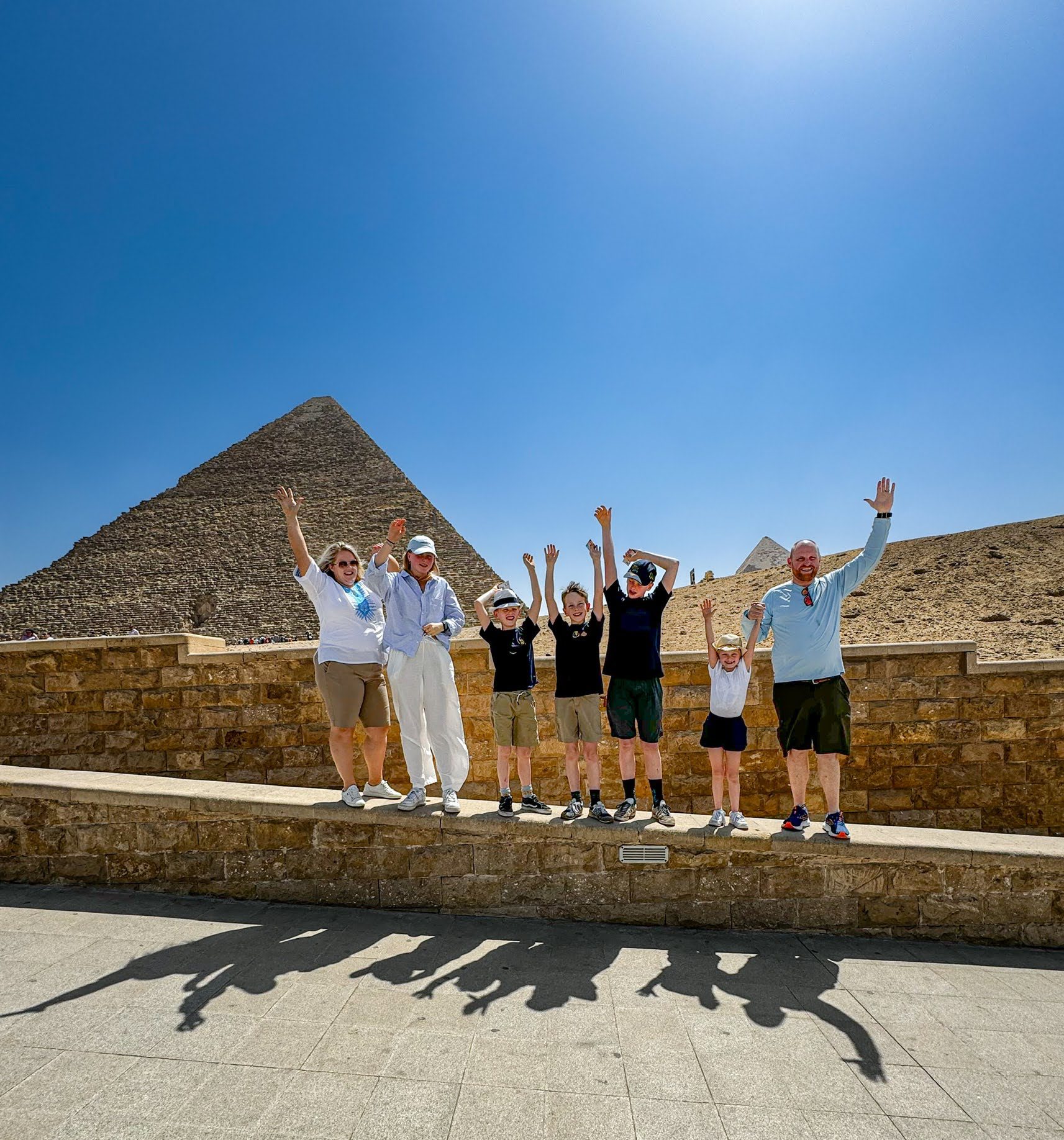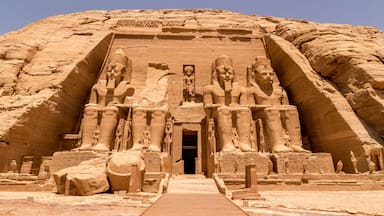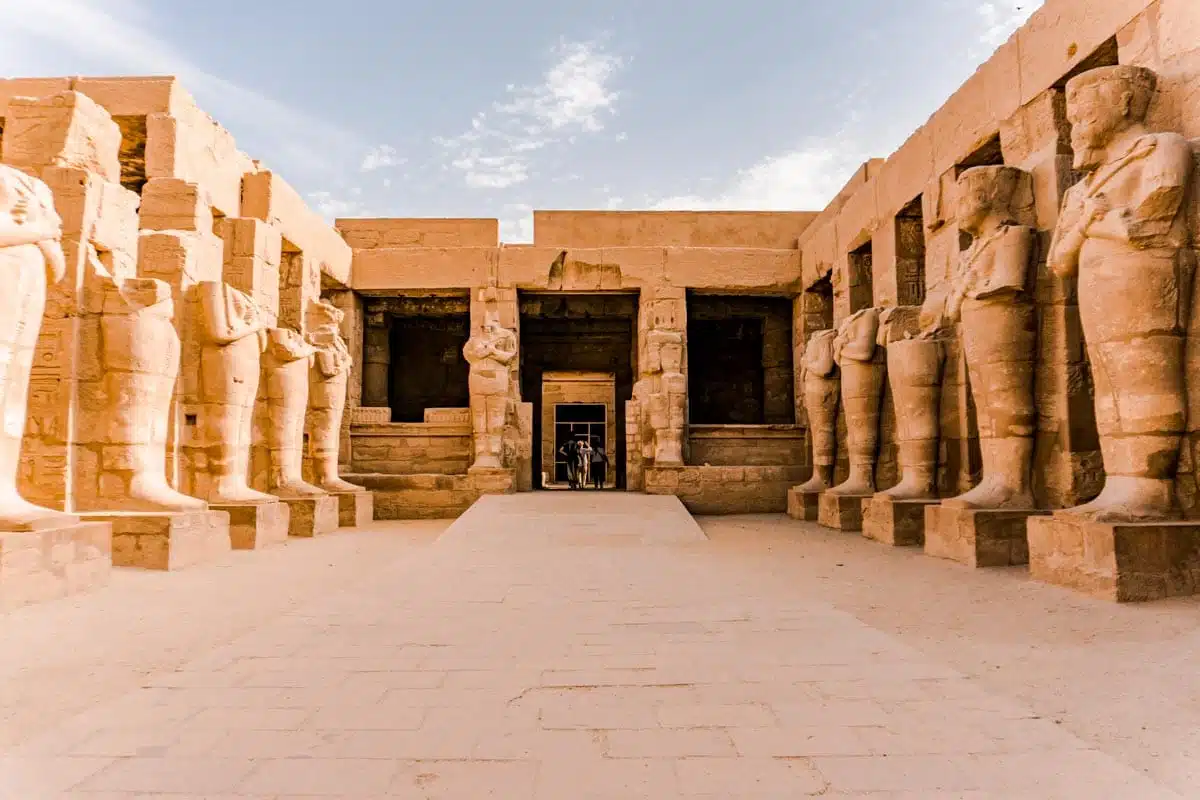Pyramids of Giza: The Valley Temple

Overview of Pyramids of Giza
Brief History of the Pyramids
The Pyramids of Giza, built around 2580 – 2560 BC, stand as monumental achievements of ancient engineering. Constructed during the Fourth Dynasty of the Old Kingdom, they served as tombs for Pharaohs Khufu, Khafre, and Menkaure. These structures were not just burial sites; they were the embodiment of the Pharaohs’ power and religious significance.
Significance in Ancient Egyptian Culture
The Pyramids held immense importance in the religious and cultural life of ancient Egyptians. They symbolized:
- Resurrection: the pharaoh’s journey to the afterlife.
- Divine Kingship: affirming the ruler’s status as a god.
- Engineering Mastery: showcasing their advanced understanding of architecture and mathematics.
These structures connected the Earth to the heavens, solidifying their place as lasting symbols of Ancient Egypt’s glory.

Introduction to the Valley Temple
Location and Purpose of the Valley Temple
Nestled at the foot of the Giza Plateau, the Valley Temple served a crucial role in ancient funerary practices. Its strategic location allowed access for the deceased’s body to be transported from the Nile. This magnificent structure functioned as:
- A ceremonial space: where sacred rituals were performed.
- Preparation site: for embalming the body.
- Gathering point: for mourners and priests.
The Valley Temple was more than just a building; it was a gateway to the afterlife.
Relationship to the Pyramids of Giza
The Valley Temple is intricately linked to the nearby Pyramids of Giza, particularly as the starting point for the mortuary complex. Each pyramid was directly associated with its own Valley Temple, creating a spiritual journey for the deceased. This close relationship emphasized:
- Symbolism of the afterlife: connecting earthly existence with divine continuity.
- Architectural harmony: showcasing the ingenuity of ancient Egyptians.
Together, they formed a powerful testament to the beliefs and engineering prowess of this extraordinary civilization.

Architecture of the Valley Temple
Design and Layout of the Temple
The Valley Temple boasts a remarkable architectural design, characterized by its precise alignment and spacious layout. Shaped as a rectangle, it features:
- Massive entrance: inviting priests and mourners to sacred spaces.
- Large halls: where rituals were conducted.
- Numerous chambers: dedicated to various preparations for burial.
Imagine walking through its grand entrance, feeling the weight of history in your footsteps, and witnessing the intricate carvings that tell tales of ancient beliefs.
Materials Used in Construction
The construction of the Valley Temple showcased the Egyptians’ mastery in utilizing local materials. Key elements included:
- limestone blocks: which provided durability and a smooth finish.
- granite: used for the stunning interior, symbolizing strength.
This combination not only affirmed the temple’s status but also reflected the rich resources of the Giza region. By using material directly from their land, the ancient Egyptians connected their architectural marvels to their identity, creating lasting monuments to their civilization.
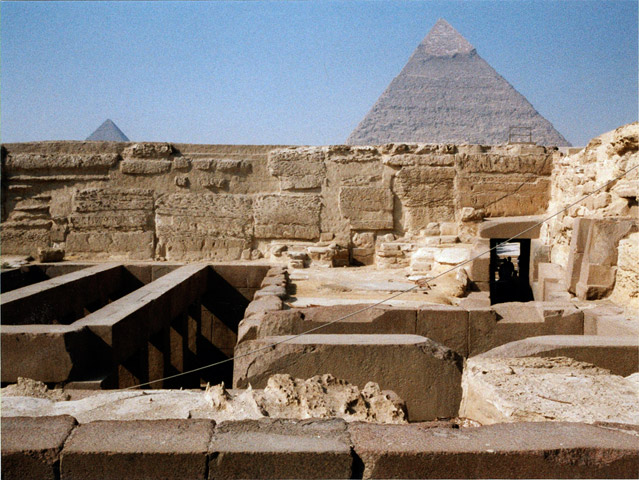
Functions and Rituals at the Valley Temple
Religious Practices and Ceremonies
The Valley Temple served as a sacred hub for various religious practices and ceremonies. Here, priests performed rituals that were vital to ensuring the deceased’s safe passage to the afterlife. Key activities included:
- Purification rites: cleansing the body before burial.
- Offerings: presenting food and goods to appease the gods.
- Incantations: reciting prayers to safeguard the soul.
Walking through its halls, one could imagine the echo of chants and the scent of incense filling the air, creating a spiritual atmosphere.
Role in Funerary Process
Integral to the funerary process, the Valley Temple was the first stop for the deceased. Its functions encompassed:
- Embalming process: preparing the body for eternity.
- Transition space: connecting the physical realm with the divine.
The rituals performed here symbolized respect and reverence for the departed, ensuring a profound journey to the afterlife, ultimately highlighting the Valley Temple’s essential role in ancient Egyptian beliefs.

Mysteries and Discoveries Surrounding the Valley Temple
Unraveling Historical Secrets
The Valley Temple has long captivated historians and archaeologists alike, holding many historical secrets waiting to be unveiled. It is intriguing to think about the rituals and practices that took place within its walls, and how little we still understand. Notable mysteries include:
- Symbolic artwork: which remains open to interpretation.
- Unexplained artifacts: hinting at unseen traditions or practices.
These enigmas invite exploration and debate, as researchers strive to piece together the temple’s storied past.
Recent Excavations and Findings
Recent excavations have shed light on the Valley Temple’s significance. Archaeologists have uncovered:
- New chambers: providing insight into ritual practices.
- Artifacts like scarabs and pottery: indicating links to daily life and spirituality.
Each discovery deepens our understanding of this ancient site, revealing fascinating glimpses into a civilization that continues to inspire awe and curiosity among those who wander its storied grounds.

Importance of Preserving the Valley Temple
Conservation Efforts
Preserving the Valley Temple is essential to maintaining its historical integrity and cultural significance. Various conservation efforts are in place, including:
- Restoration projects: aimed at stabilizing stones and preventing further decay.
- Research initiatives: focusing on understanding ancient construction techniques.
Imagine walking through a temple that tells ancient stories, where dedicated teams work tirelessly to keep history alive for future generations.
Tourist Impact and Sustainable Tourism
As tourism increases, the impact on the Valley Temple has become a double-edged sword. While tourism brings awareness and funding for preservation, it also poses challenges. Key considerations include:
- Visitor management: ensuring responsible travel that limits wear on the site.
- Education programs: promoting respect for cultural heritage.
By prioritizing sustainable tourism, we can enjoy the wonders of the Valley Temple while safeguarding its legacy for years to come.
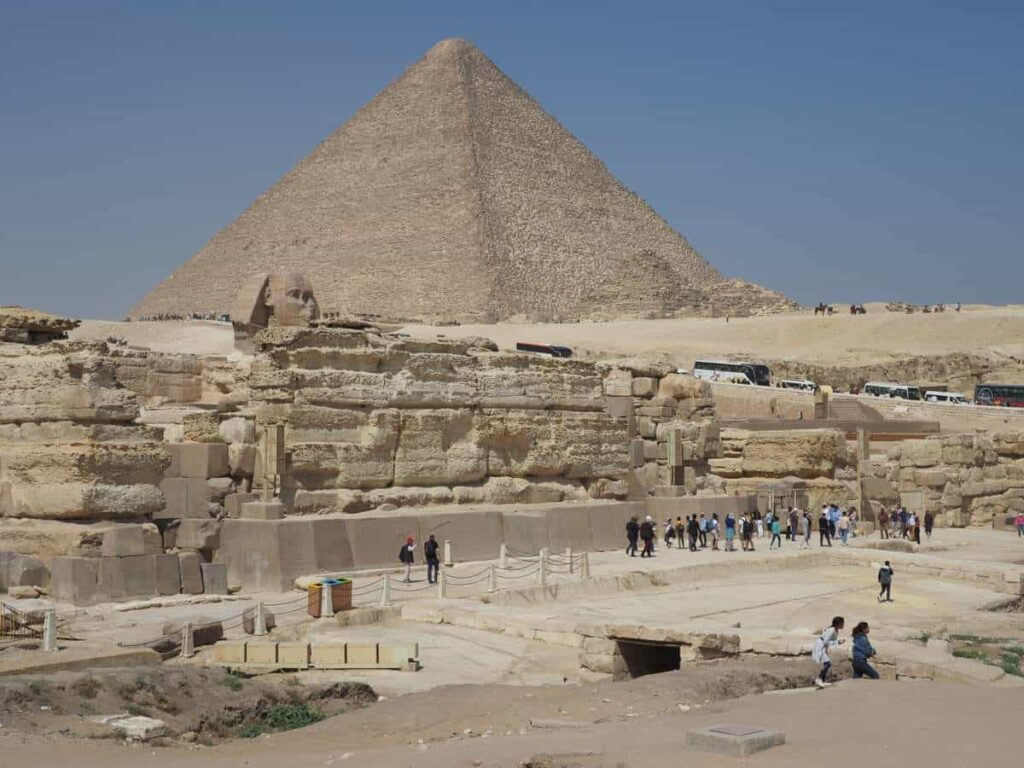
Conclusion
Recap of Valley Temple Significance
The Valley Temple stands as a vital element of ancient Egyptian culture, serving both as a ceremonial space and a gateway to the afterlife. Its architectural beauty, rich history, and intricate rituals highlight the importance of this site within the broader context of the Pyramids of Giza. The temple’s place in the funerary process underscores the Egyptians’ deep reverence for the afterlife.
Final Thoughts on its Legacy
As we reflect on the Valley Temple’s legacy, it becomes increasingly evident that it is not just a relic of the past. It is a living symbol of human craftsmanship, spirituality, and the quest for understanding life beyond death. The ongoing efforts to preserve and study this magnificent site ensure that future generations can appreciate and learn from the incredible story it has to tell—a story that continues to inspire and intrigue us today.
